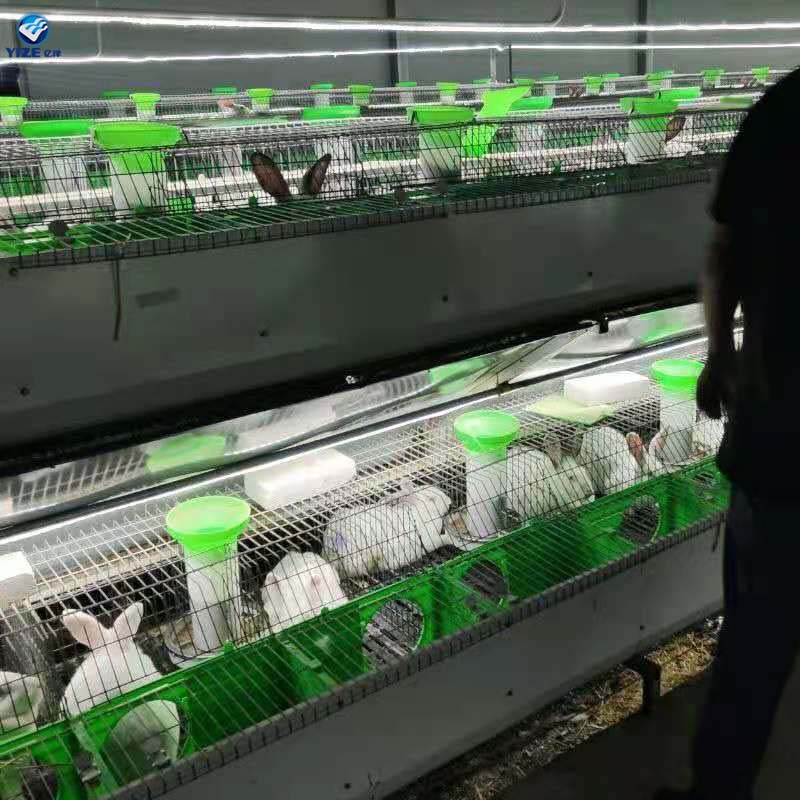chicken scalders
Sep . 25, 2024 16:24 Back to list
chicken scalders
The Importance of Chicken Scalders in Poultry Processing
In the poultry processing industry, one critical step is scalding chickens. This process serves several essential purposes, including the removal of feathers, enhancing meat quality, and ensuring food safety. Among the various methods and equipment used in this process, chicken scalders play a vital role. This article delves into the intricacies of chicken scalders, their operation, and their importance in the poultry processing chain.
Chicken scalders are devices designed to submerge chickens in hot water to loosen their feathers prior to plucking. This step is crucial because it significantly reduces the time and labor required for feather removal, thereby improving efficiency in processing plants. Ideally, the scalding temperature should be maintained between 140°F to 160°F (60°C to 71°C) for optimal results. This temperature range ensures that the feathers loosen effectively without cooking the skin or the meat beneath. If the water temperature is too low, the feathers may remain firmly attached; if it’s too high, it could lead to skin damage or undesirable texture changes in the meat.
The scalding process involves several important variables besides temperature, including the duration of immersion and the quality of the scalding water. Typically, chickens are submerged in the scalding tank for about 30 to 120 seconds, depending on the specific equipment used and the condition of the birds. Modern chicken scalders often incorporate agitation mechanisms, which help ensure even exposure of all parts of the chicken to hot water. This technology not only facilitates effective feather removal but also enhances overall throughput in processing.
Apart from the mechanical aspects, water quality is also vital. Contaminated scalding water can introduce pathogens onto the chicken, undermining food safety efforts. Therefore, many processing plants employ sophisticated filtration and treatment systems to maintain water quality. Urgent and periodic cleaning is also necessary to prevent buildup of organic matter and bacteria, safeguarding the health and safety of the final product.
chicken scalders

One innovative development in chicken scalder technology is the use of dual-temperature systems. These systems separate the initial scalding phase with a high-temperature dip and a second, lower-temperature cycle to fine-tune feather looseness. This two-step approach can yield even better results in feather removal while protecting meat quality.
Furthermore, the sustainability of poultry processing has become a pressing concern in recent years. Therefore, many manufacturers are now developing energy-efficient chicken scalders that consume less water and electricity. Investments in new technologies not only fulfill regulatory demands but also address the industry’s environmental footprint, leading to a more sustainable operation.
In addition to the mechanical and environmental considerations, the scalding process also plays a role in overall meat quality. Properly scalded chickens exhibit better meat texture and flavor, as the process helps to eliminate any surface contaminants and prepares the meat for the chilling and processing phases that follow. Consequently, processors are increasingly recognizing that investing in quality scalding equipment can yield significant returns in terms of consumer satisfaction and brand reputation.
Moreover, the global poultry market’s growth has brought forth varied consumer demands and preferences. As a result, some processors are exploring alternatives to traditional scalding methods, such as dry plucking systems or organic scalding technologies that align with changing regulations and consumer sentiment. These innovations demonstrate that while the basic scalding principles remain vital, the technology is evolving to meet modern challenges.
In conclusion, chicken scalders are an indispensable component of poultry processing, making feather removal efficient while maintaining product integrity and safety. As industry standards continue to evolve, the technology behind chicken scalders will surely adapt, integrating new practices that prioritize both quality and sustainability. Understanding the importance of this process not only enhances operational efficiency but also plays a crucial role in delivering safe, high-quality poultry products to consumers. As the poultry industry navigates a shifting landscape, chicken scalders will continue to be at the heart of processing excellence.
-
Automatic Feeding Line System-Pan Feeder Nipple Drinker|Anping County Yize Metal Products Co., Ltd.
NewsJul.29,2025
-
Hot Sale 24 & 18 Door Rabbit Cages - Premium Breeding Solutions
NewsJul.25,2025
-
Automatic Feeding Line System Pan Feeder Nipple Drinker - Anping County Yize Metal Products Co., Ltd.
NewsJul.21,2025
-
Automatic Feeding Line System Pan Feeder Nipple Drinker - Anping County Yize Metal Products Co., Ltd.
NewsJul.21,2025
-
Automatic Feeding Line System - Anping Yize | Precision & Nipple
NewsJul.21,2025
-
Automatic Feeding Line System - Anping Yize | Precision & Nipple
NewsJul.21,2025






